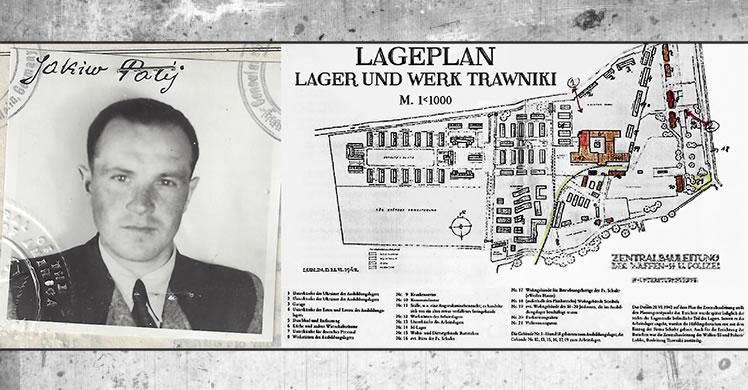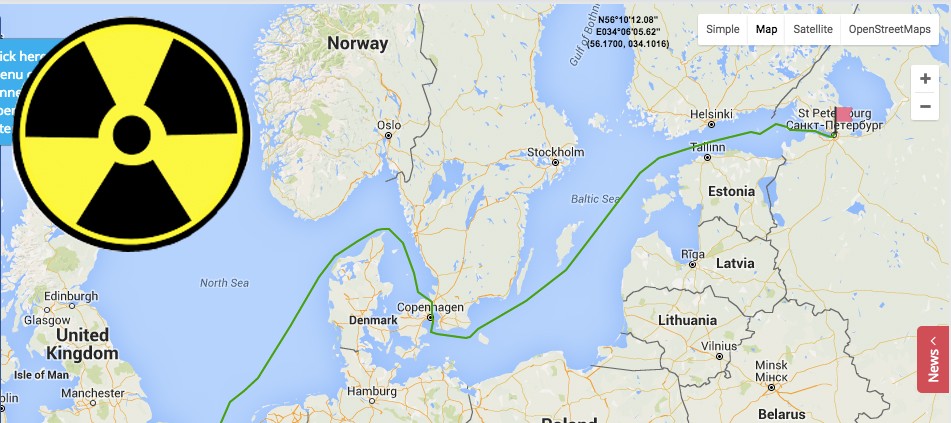The sinking of a small boat heading from Venezuela to Curaçao and the disappearance of all the migrants aboard suggest that drug trafficking groups are also controlling human smuggling routes in the region.
On June 7, the group of 32 migrants, along with three crew members, set sail from Punta de Aguide in Venezuela’s Falcón state, on the Caribbean coast. On June 11, the boat was was declared missing, and a month later, the whereabouts of it and its passengers remain unknown.
The disappearance was reported as a shipwreck, an increasingly common disaster in the Caribbean as Venezuelans resort to desperate measures to flee the country. So far this year, three shipwrecks involving over 80 migrants have been reported.
After the latest shipwreck, family members reported that all the migrants had been wearing life-jackets. Yet only one body has been recovered to date — that of Elio Ramones, identified in Curaçao on June 12. To the surprise of authorities, his corpse seemed fresh, suggesting that the man had died several days after the supposed shipwreck.
Oswaldo Rodríguez León, Falcon’s security secretary who is coordinating the search for the missing, said that “it is not possible for no trace to be found of the 32 people who disappeared in that shipwreck; the bodies should be floating if they were drowned. We must investigate [the fact] that pirates could have taken them.”
On July 11, two men were arrested for recruiting the migrants in their hometown of Vela de Coro, along Venezuela’s northern coast.
But the arrests have brought authorities no closer to finding the disappeared.
In June, survivors of a previous shipwreck exposed a human trafficking route used to transport vulnerable women and children from Venezuela to Trinidad and Tobago, where they were sold into the sex trade.
After the latest shipwreck, residents in Falcón told InSight Crime that human smuggling is used as a front for drug shipments to the Dutch Caribbean islands of Aruba, Bonaire and Curaçao, which are between 15 to 50 miles off the coast of Venezuela.
According to local sources, both cocaine and marijuana arrive overland and are stored in huts along the beaches of Falcón. It is then loaded onto small boats by night and shipped to neighboring islands under the guise of migrant transports, in quantities of up to 8,000 kilograms per day.
Although not officially corroborated, the locals’ claims are supported by recent large drug seizures on the Lara-Falcón highway, headed for the Falcón coast.
.jpg&f=1)
Migrants are lured into the scheme by the low rates charged. The 32 missing people had reportedly paid $400 for the journey, compared to the standard rate of between $650 and $700.
In Vela de Coro, InSight Crime spoke to three families whose loved ones were aboard the shipwrecked boat and who are now missing. They said that following the disappearance they have begun their own investigations, including making inquiries with relatives on Curaçao. They claim that the missing boat was carrying a drug shipment to Curaçao and that the shipment did arrive, but 500 kilograms lighter than expected, giving rise to their belief that the migrants were kidnapped because the captain did not deliver the full drug shipment.

The families have also begun searching hills near Punta de Aguide, where they believe the migrants were held before boarding the boats. Helicopters, however, are needed to comb over the mountainous territory largely controlled by drug traffickers.
Relatives of the missing migrants point to the inadequate official response as evidence of criminal complicity. Although the authorities were notified within a day of the disappearance, a search was not initiated until June 11, four days later.
Furthermore, authorities are alleged to have known of the voyage before the boat set sail. The family members who spoke with InSight Crime said that the migrants had intended to depart on June 6, but were intercepted by officials from the country’s criminal investigation unit (Cuerpo de Investigaciones Científicas, Penales y Criminalísticas – CICPC) who stole some of their belongings, including mobile phones, and took $1,000 from the captain. The migrants spent the night hiding in the woods before setting sail the following evening.
CICPC officials have also allegedly been involved in previous cases of predation on migrants, including the sex trafficking route to Trinidad and Tobago exposed in June.
This is not the first boatload of Venezuelan migrants to disappear. A boat vanished on May 16 in route to Trinidad and Tobago, and no corpses, wreckage or surviving passengers have been found. Hat tip to InSight for continued stellar investigations/reporting.





